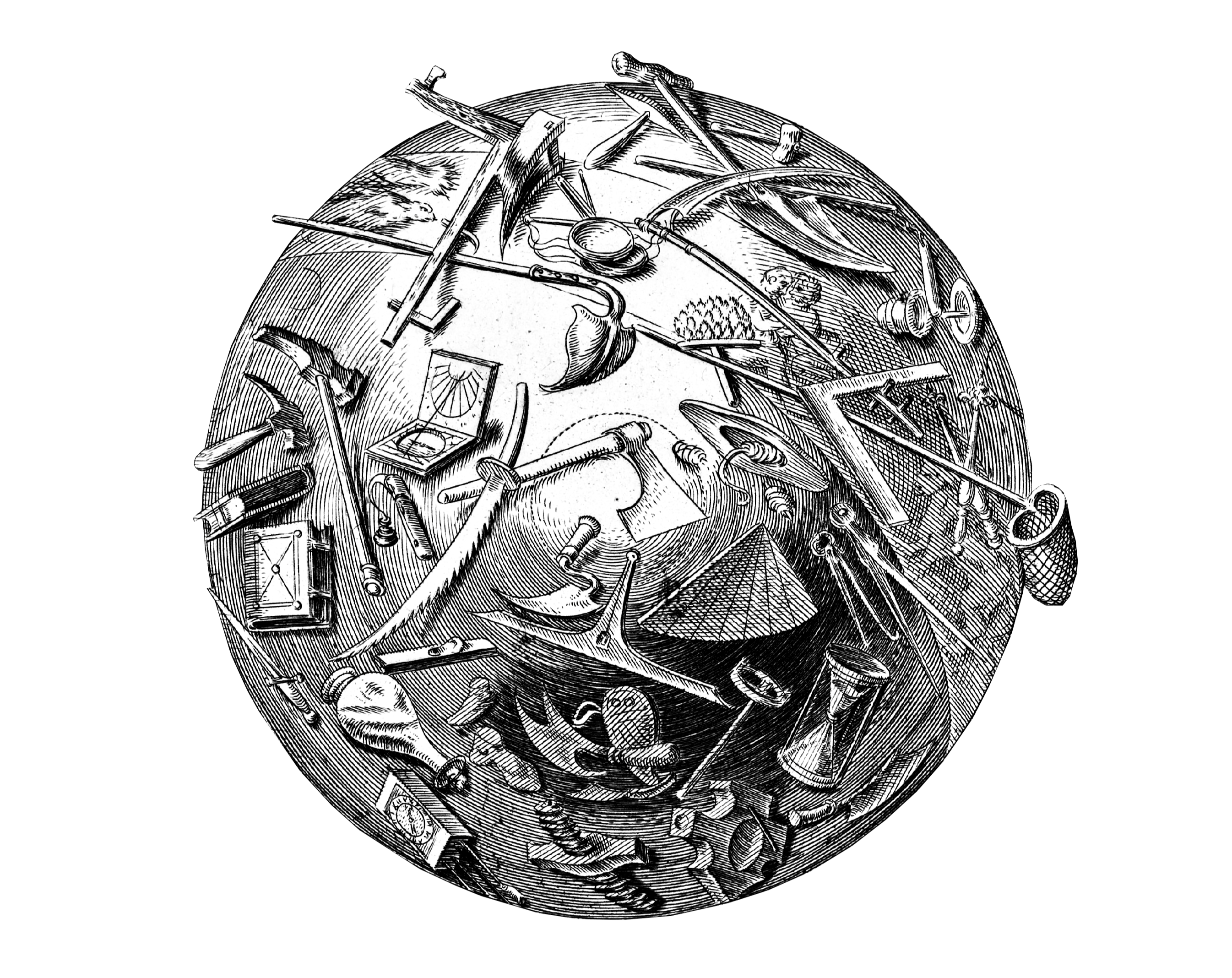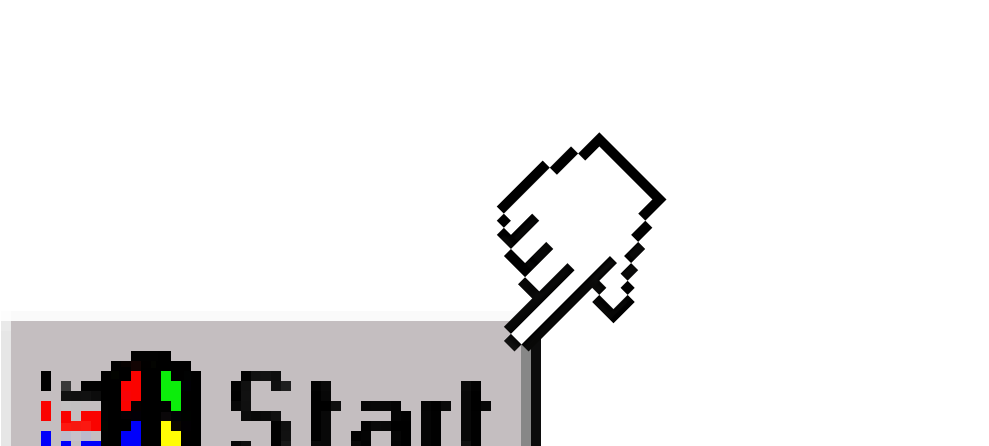Articles related to Context

Putting Thought Into Things
On quality

Learning to See
A love letter
Webapp Death Match
Google vs. Apple
Use Your Real Name When You Comment
If you're our guest, act like a guest

The Start-Button
Branding Crimes

Stealing Interfaces
Creation = Copy + Improve²

Missing Logo
Branding Crimes
The Essentials of Online Rebranding
Face Off

Good Books Want to be Read…
...and re-read

